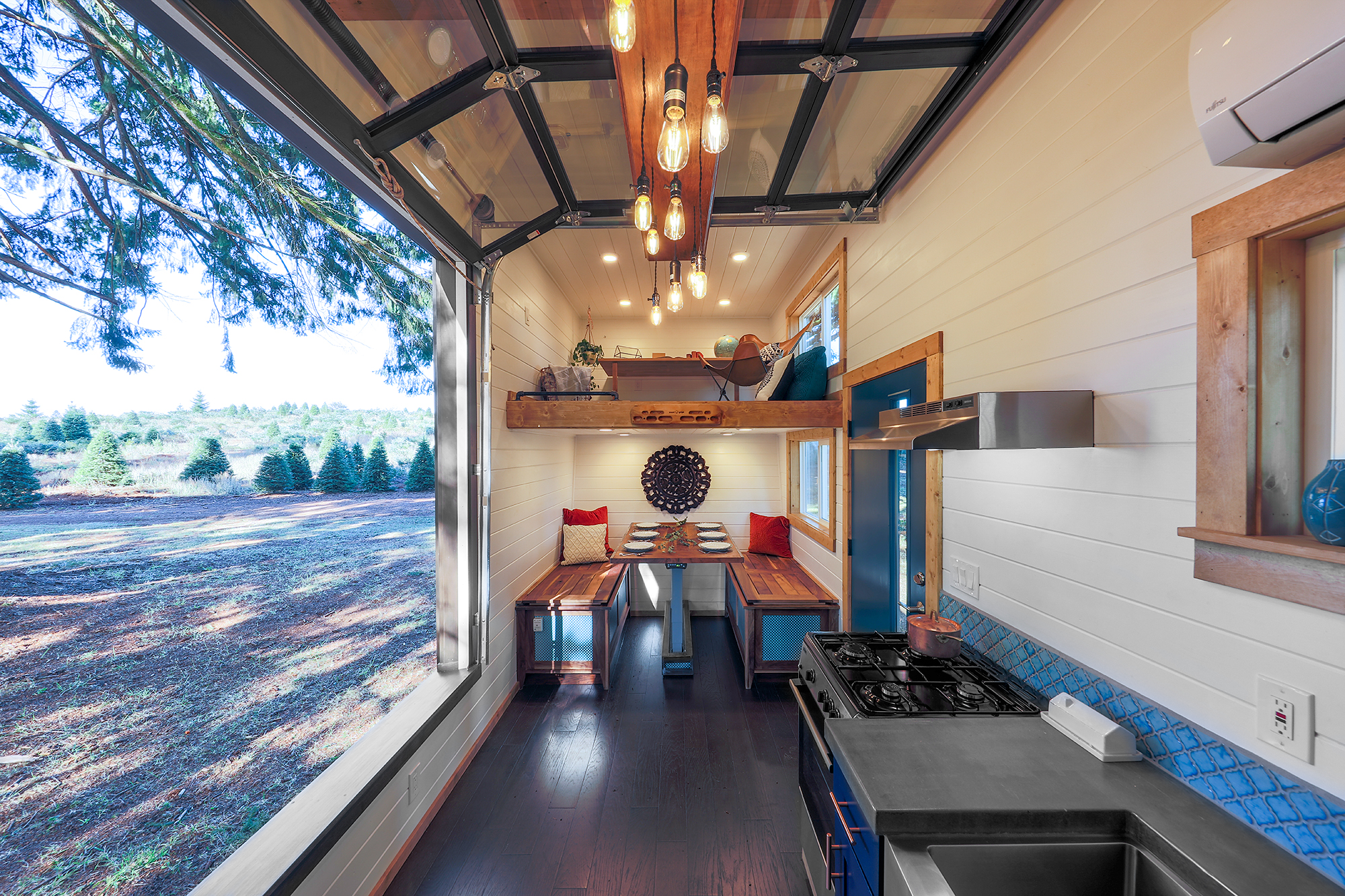Turning Overlooked Materials into Stunning Compact Living Spaces
.jpg)
Walk through a neighbourhood filled with small homes and you’ll notice some stand out, not because they’re bigger, but because they feel different. They might have a bold steel exterior, rustic timber walls, or clever finishes that hint at a past life in some other industry. More and more people building compact spaces are looking beyond traditional bricks and timber, hunting for materials that tell a story and bring something unexpected into their homes. For those who love sustainable living and unique design, the idea of turning overlooked resources into stunning spaces has become one of the most exciting parts of building small. It’s not just about saving costs or reducing waste. It’s about creating places that feel personal, thoughtful, and full of character.
Rethinking What Building Materials Can Be
There was a time when building a home meant choosing between timber frames, brick walls, and maybe a bit of steel for support. But that’s changing quickly, especially for people designing compact living spaces. Builders and homeowners alike are questioning why they should limit themselves to traditional materials when so many other options exist. Materials once reserved for industrial sites, old barns, or even shipping yards are being transformed into beautiful walls, floors, and facades. This shift isn’t just about aesthetics, though that’s certainly part of the appeal. Alternative materials can be surprisingly cost-effective, and they often come with a smaller environmental footprint. People drawn to compact living are discovering that unusual materials can add unique textures, colours, and stories that turn small spaces into something far more memorable than a conventional build ever could.
Sustainability and Resourcefulness Drive New Choices
Sustainability has become a powerful force shaping how people approach building and design, particularly for those choosing smaller spaces. Every square metre counts, and so does every material choice. Instead of buying brand-new resources, many builders are seeking ways to reuse or repurpose existing materials. Salvaged timber might become elegant wall panelling, corrugated metal might find new life as an exterior feature, and reclaimed bricks can add warmth and history to modern designs. Besides reducing waste, using overlooked materials often lowers costs, making compact living more accessible for those working with modest budgets. Beyond practicality, there’s also a strong sense of pride in knowing that a home was built with creativity and respect for the environment.

Balancing Function, Safety, and Design
Working with unconventional materials isn’t always simple. What looks beautiful in an industrial yard might not immediately translate into a comfortable living space. There are important considerations like insulation, ventilation, and structural integrity that can’t be ignored. A sheet of metal might look sleek but needs proper treatment to prevent condensation or heat extremes inside a small home. Reclaimed timber can add charm but must be checked for pests or treated for durability. Successful compact builds strike a careful balance, using alternative materials in ways that preserve their character while ensuring the home stays safe, comfortable, and energy-efficient. For many designers, the challenge of merging practicality with creativity is exactly what makes these projects so rewarding.
Why Builders Explore Materials Like Shipping Containers
Among the many unconventional options out there, some builders have discovered enormous potential in materials like shipping containers. Once used purely for freight, these steel structures have become a surprising favourite for creating compact living spaces. They’re durable, modular, and designed to withstand harsh conditions, which makes them perfect for repurposing into homes, studios, or even small offices. Shipping containers also offer a strong visual impact, with clean lines and an industrial feel that appeals to people seeking a modern aesthetic. Their uniform shape makes them easy to stack or combine, opening endless possibilities for custom layouts. Of course, converting a shipping container into a comfortable living space requires thoughtful planning around insulation, moisture control, and ventilation. But when done well, these projects show how thinking outside traditional materials can result in bold, functional, and beautiful spaces.
The Joy of Living in a Space with a Story
Beyond the practical benefits, there’s something deeply satisfying about living in a space built from materials with a past. A compact home crafted from reclaimed steel or timber doesn’t just look interesting; it carries history within its walls. People are drawn to the idea that their home once served another purpose, whether it travelled the seas, sheltered a different business, or stood as part of another structure. These personal stories give spaces a soul and make them far more engaging than identical new builds. For many, the choice to use overlooked materials reflects a commitment to sustainability and creativity, but it also creates a strong emotional connection to their home. In the world of compact living, where every design decision matters, building with repurposed materials can transform a small footprint into something extraordinary.
Conclusion
Creating compact living spaces is as much about imagination as it is about architecture. Choosing overlooked materials brings sustainability, individuality, and beauty into homes of all sizes. For those who love the challenge of building small, thinking creatively about materials opens up endless opportunities to design spaces that are practical, affordable, and deeply personal. Sometimes the most stunning places are built not from what’s expected, but from the hidden treasures waiting to be discovered all around us.






.jpg)

.jpg)
.jpg)